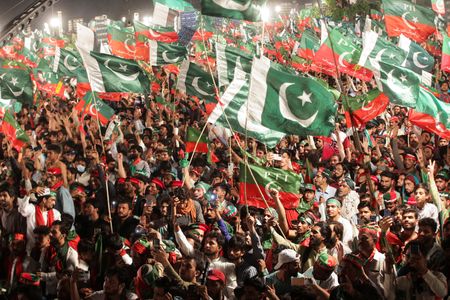
A Mirage Called Pakistan, Why It Is, What It Is
 Fri, 08 Jul 2022
| Reading Time: 7 minutes
Fri, 08 Jul 2022
| Reading Time: 7 minutes

Pakistan is known as the sick man of Asia. It is a young country blessed with natural resources and strategic locations. However, after 75 years, it lags behind all the nations in almost all the fields that got independence around the same time. The present state of Pakistan can be explained by one fact no Prime Minister has ever completed their full term in office, not even the 22nd celebrity, PM Imran Khan.
Here we try to understand why Pakistan is, what it is. A question that troubles many people, leave alone Pakistani citizens.
The False Start
The premise of Pakistan’s independence and existence is based on a false notion, overconfidence, and misplaced priorities. The founder of Pakistan, Muhammad Ali Jinnah, separated from India based on religion. However, soon after separation, in his desire to be a world-class statesman, he declared that Pakistan would be a country for all religions. In the Presidential address to the first Constituent Assembly of Pakistan on 11 August 1947, Jinnah perorated: “Islam and its idealism have taught us democracy. It has taught equality of man, justice, and fair play to everybody. In any case, Pakistan is not going to be a theocratic State to be ruled by priests with a divine mission.”
That false dream came crashing down within no time. Pakistan was a dictatorship by 1958, and within 30 years of its creation, it followed Sharia Law and Wahabi Islam. General Mohammad Zia-ul-Haq, military dictator of Pakistan, in his speech to the nation on taking over power on July 5, 1977, stated, “Pakistan, which was created in the name of Islam, will continue to survive only if it stays with Islam. That is why I consider the introduction of an Islamic system as an essential prerequisite for the country.”
With this, an unstable and volatile country was out of the frying pan and into the fire. In a short period of 75 years of Pakistan’s history, it has seen four dictators and remains a military-controlled sham democracy to date.
Stockholm Syndrome or a Country in Denial
The very area where Pakistan is today is known as the cradle of civilization. As per Koenraad Elst, a Belgian orientalist and Indologist — “this culture had evolved impressive intellectual, religious and artistic pursuits. Pre and post the early days of Islam, Indian scholars took their works in science, maths (zero, algebra, geometry, the decimal system), medicine, philosophy, etc., to the courts of other nations. Students from other countries came to study in India’s established universities. Indian children (boys and girls) were educated in the relatively widespread education system in a wide variety of subjects, e.g., science, medicine, and philosophy. India’s art and architecture were magnificent. They were prosperous people. Then came marauders from the West – slaughter, slavery, rape, violence, pillage; destruction of religious sites, art, and architecture; poverty, exploitation, humiliation, famine, forced conversion, the decline in intellectual pursuits, social destruction, and a worsening of social ills.”
The 16th Century Persian traveler Ferishta lists that the biggest slaughters took place during the raids of Mahmud Ghaznavi (1000), Mohammed Ghori and his lieutenants (1192); and under the Delhi Sultanate (1206-1526). Well-known Indian historian and Prof. K.S. Lal once estimated that the Indian population declined by 50 million under Delhi Sultanate.
Mahmud of Ghazni, Qutb-ud-Din Aibak, Balban, Mohammed bin Qasim, and Mohammad Tughlak have affected the psyche of this whole area so severely that the dwellers of this land started identifying themselves with the very perpetrators that had killed, plundered, raped and forcibly converted their ancestors. Such was the effect of those illiterate and uncivilized savages on the people that they started revering them as their heroes and mistook their brutality as bravery. The psychological impact has been so grave that Pakistan has named most of its missiles after these savage bandits, i.e., Ghauri, Ghaznavi, Babur, etc.
In its desire to be identified with Arabs and Turks, the Pakistani establishment continues to pollute the minds of its younger generation with a thoroughly cooked-up history. A Textbook of Pakistan Studies by M. D. Zafar states the following about Pakistan: “Pakistan came to be established for the first time when the Arabs led by Muhammad bin Qasim occupied Sindh and Multan in 711 AD. Pakistan under the Arabs comprised the Lower Indus Valley. During the 11th century, the Ghaznavid Empire comprised what is now Pakistan and Afghanistan. During the 12th century, the Ghaznavids lost Afghanistan, and their rule came to be confined to Pakistan. By the 13th century, Pakistan had spread to include the whole of Northern India and Bengal. Under the Khiljis, Pakistan moved further South to include a greater part of Central India and the Deccan. During the 16th century, ‘Hindustan’ disappeared and was completely absorbed in Pakistan”.
The country doesn’t allow any discussion on Moenjodaro and the Indus Valley civilization, Aryan civilization, Mahabharata in which Sindh and Khyber Pakhtunkhwa play important roles, a thousand years of Buddhism, and the Gandharan civilization, which was spread throughout present-day Pakistan.
In Harms Way
Pakistan started showing its malevolent intent on its populace, especially on the people of Eastern Pakistan (present-day Bangladesh), Sindh, and Baluchistan, soon after their inclusion in the Union. The Declaration of Urdu as the national language resulted in the ‘Bengali Language Movement.’
Bengalis also felt under-defended during the Indo-Pak war of 1965. Bengalis abhorred seeing the slow pace of help after the Super cyclone of late 1970 from the central government. The schism was building up and came to the fore when Paki dictator Yahya Khan nullified the December 1970 general election won by Awami League led by Sheikh Mujibur Rehman. West Pakistan considered the people of the East to be second-class citizens. General Amir Abdullah Khan Niazi, who served as head of the Pakistani Forces in East Pakistan in 1971, referred to the region as a “low-lying land of low-lying people.”
The most controversial president of the United States, Richard Nixon’s support of Pakistani generals, resulted in the loss of lives of 3,000,000 Bengalis and the rape of 400,000 Bengali women by the Western Pakistani troops.
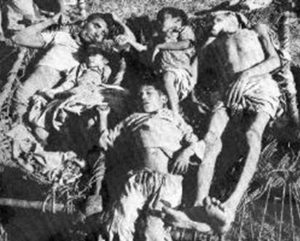
Bangla Genocide: Massacre at Dhaka University by Pak Army, 1971
A similar feeling was amongst Baloch nationals of being left out, slighted, and insulted by the Punjabi-dominated Pakistani political system. Baluchistan is a mineral-rich province with nearly $1 trillion of iron, copper, and cobalt deposits. Despite that, Baluchistan remains the most backward and impoverished in the region. Over 18,000 Balochis have gone missing or killed by the Pakistani army in the recent past.
The Sindhi and Muhajir (Urdu-speaking migrants) narratives also go on similar lines. They never got their full due, were poorly treated, and were made to feel lesser martial than Punjabi. Muhajir student leader Altaf Hussain started Muttahida Qaumi Movement (MQM) in 1978 to get Muhajirs their rightful place in Pakistan. Over 6,000 Muhajirs have lost their lives at the hands of the security forces of their own country.
The minorities of Pakistan have been hit the hardest. Their population has fallen from 24 percent to less than two percent in 75 years.
Grandiosity in Afghanistan
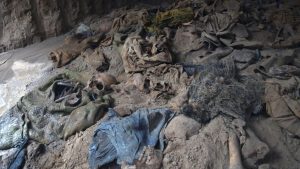
Photo credit – rferl.org – Mass Grave: Afghanistan 1990
The Soviet Union invaded Afghanistan in December 1979 to prop up the Marxist regime. Pakistan’s Inter-Service Intelligence agency, the ISI, with weapons and funds supplied by the CIA, operated training camps in the country’s tribal areas. They gave guerrilla training to the mujahideen to oppose the Soviet forces.
The Soviets could have remained in Afghanistan for several more years. However, Gorbachev realized the futility of the presence of Soviet forces in Afghanistan, terming it a ‘bleeding wound.’ The Soviet troops withdrew and left Afghanistan by February 1989. This created misconceptions in the Pakistani establishment’s mind. They assumed that USSR suffered a massive defeat at the hands of the Pak army. Pakistan started taking extreme pride that it had defeated a superpower. They are selling the same misconception to their populace to date.
To satisfy the power-hungry Pakistani generals, in the brutal nine-year conflict, one million civilians lost their lives.
Lost Campaigns: Punjab And Jammu and Kashmir
In 1971, the Richard Nixon administration initiated a “covert action plan” in collaboration with General Yahya Khan’s government to encourage a separatist movement in Punjab, India. Khalistani extremists with Pakistani military support and modern, sophisticated weapons started targeting the Nirankaris, Hindus, and the government machinery. Ultimately the terrorists also targeted other Sikhs with opposing viewpoints. This led to the loss of public support, and by 1993 the militancy in Punjab was over. Over 30,000 Indians lost their lives in this separatist movement at the behest of Pakistan.
When the Pakistani generals sensed the failure of the Khalistan movement, they revived insurgency in Jammu and Kashmir. For Pakistan, Jammu and Kashmir (J&K) were never part of India. They forget that many Indian dynasties from time immemorial had ruled it. Maurya Empire, Gupta Empire, Kushan Empire, Karkota Empire, and Sikh Empire are some recent examples of Indian kings ruling Kashmir.
The result of Pakistan’s misadventures was the loss of over 50,000 lives in 30 years. Pakistan-sponsored terrorism also displaced over 300,000 Pundits (the original sons of the soil) from their ancestral domain to various refugee camps all over North India.
A Manichean Generation
Zulfikar Ali Bhutto, architect of the country’s atomic program, in an interview with the Manchester Guardian in 1965, stated, “if India built the nuclear bomb, we will eat grass, even go hungry, but we will get one of our own.” Pakistan is on the brink of eating grass. Economically the country is on the verge of bankruptcy; foreign reserves are down to abysmal levels, and businesses are shutting down at breakneck speed. Pakistan’s ‘bleed India with a thousand cuts’ policy—while denying that such a policy exists—is in shambles. It has forced its generations onto a vengeful cul-de-sac.
Pakistan’s Chief of the Army Staff (COAS), General Qamar Javed Bajwa, will not be able to fool the Pakistani citizens with the promise that the Army will not interfere in politics. The public knows that Prime Ministers will come and go, but the real power will remain with the Army generals. These generals will continue maneuvering between the West and China to garner maximum benefit for themselves.
While other nations are building their industries and economy, the Pakistani Army’s obsession with controlling the country by promoting animosity with India and other neighboring nations, desire to sit at the high table with the big nations, and expand its area of influence beyond its capability, has taken Pakistan to the point of no return. It looks like the fate of Pakistan will keep oscillating between a failed state and the dream of a regional power with no end in sight.
“A fool’s dream is a wise man’s nightmare” ~ Insightful Geopolitics
****************
Disclaimer
The opinions expressed in this article are the author’s own and do not reflect the views of Chanakya Forum. All information provided in this article including timeliness, completeness, accuracy, suitability or validity of information referenced therein, is the sole responsibility of the author. www.chanakyaforum.com does not assume any responsibility for the same.
Chanakya Forum is now on . Click here to join our channel (@ChanakyaForum) and stay updated with the latest headlines and articles.
Important
We work round the clock to bring you the finest articles and updates from around the world. There is a team that works tirelessly to ensure that you have a seamless reading experience. But all this costs money. Please support us so that we keep doing what we do best. Happy Reading
Support Us





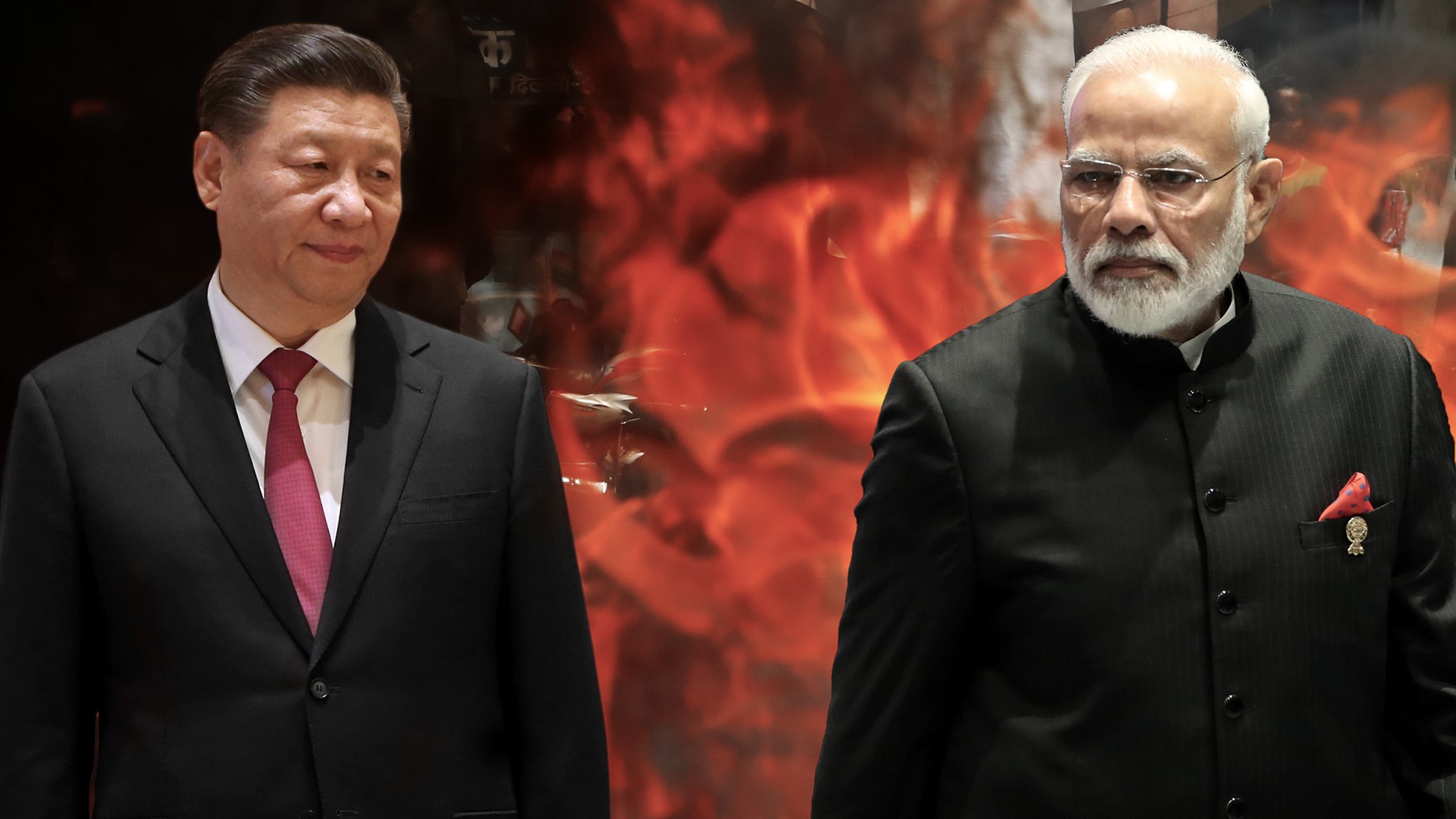
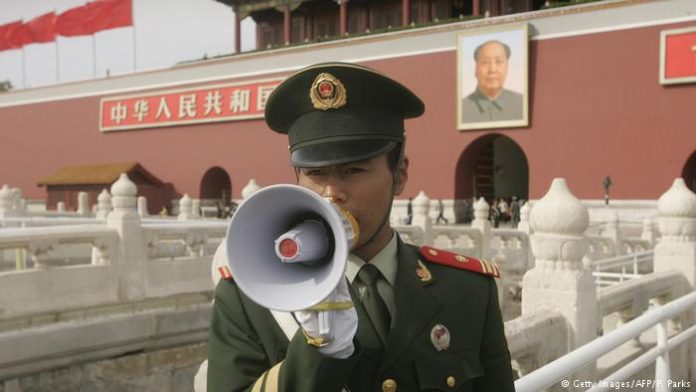
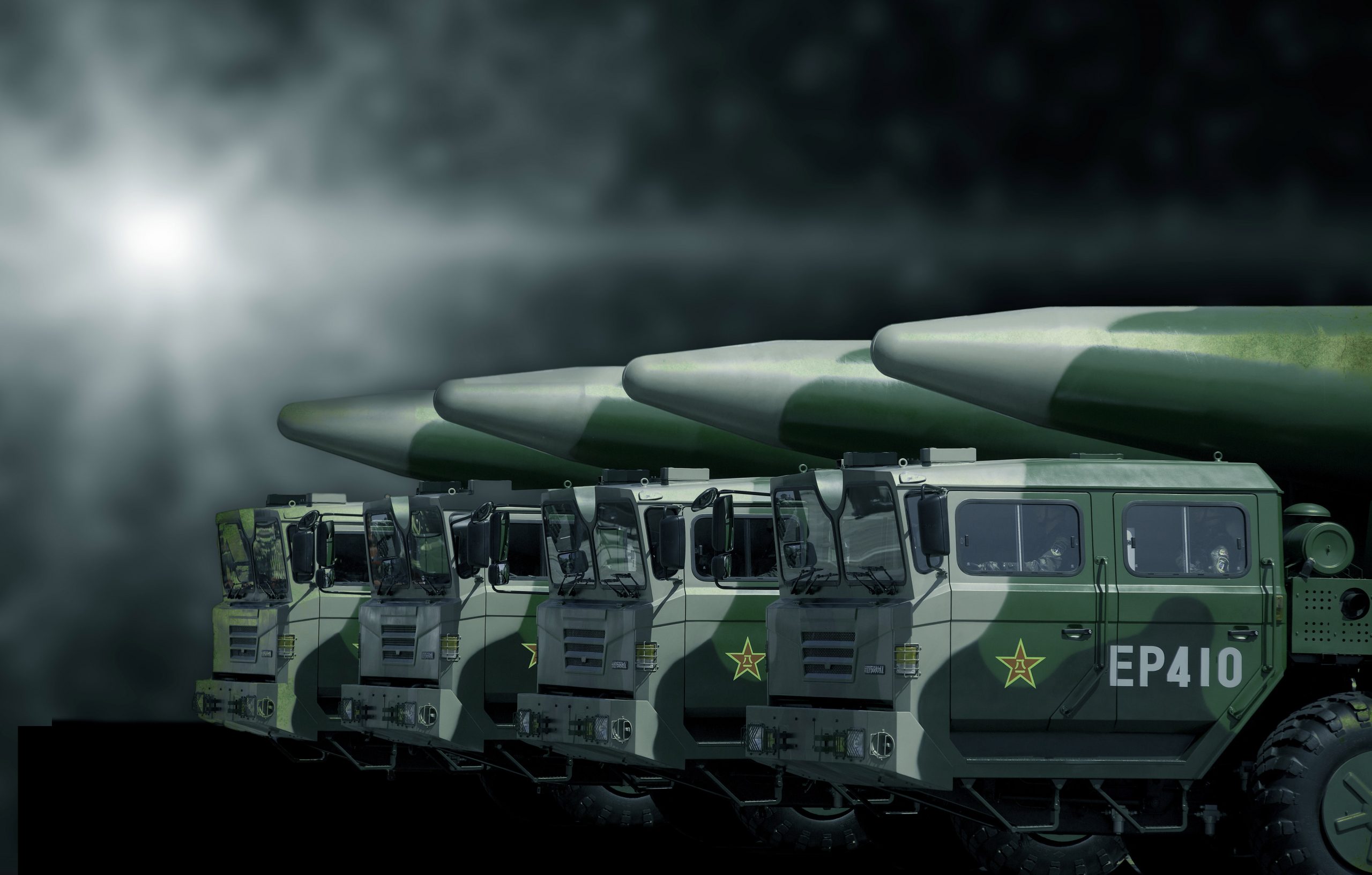

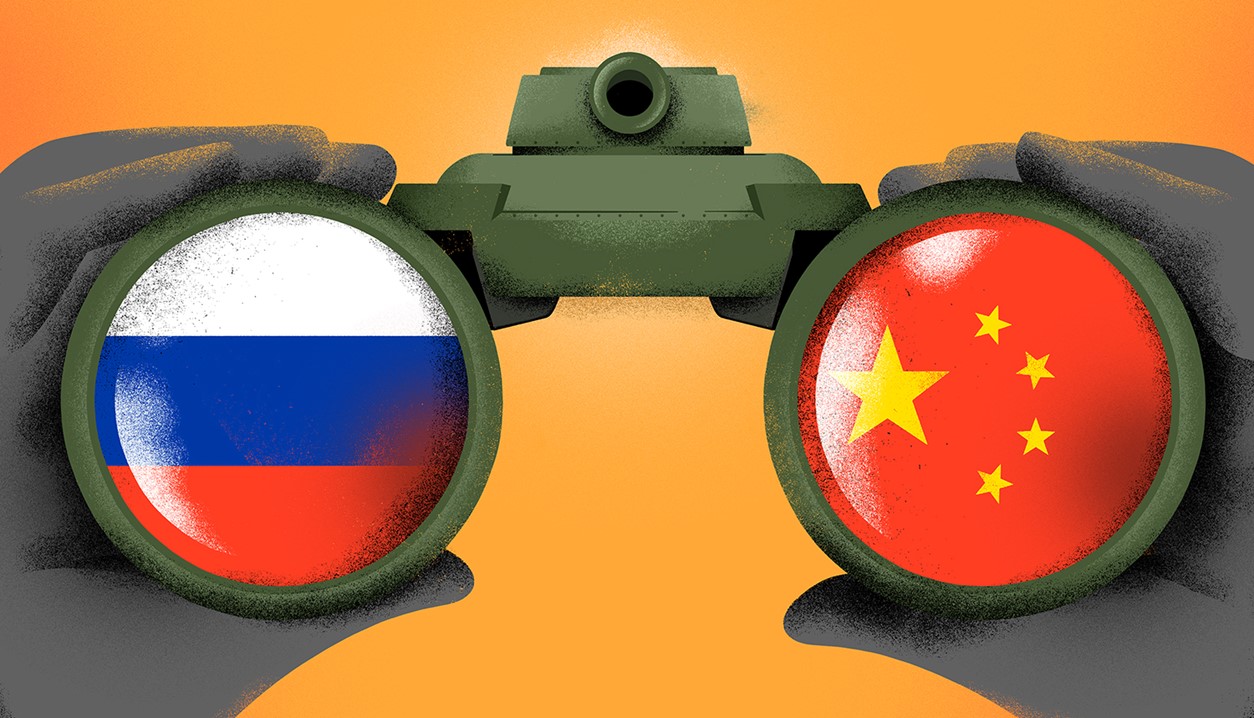

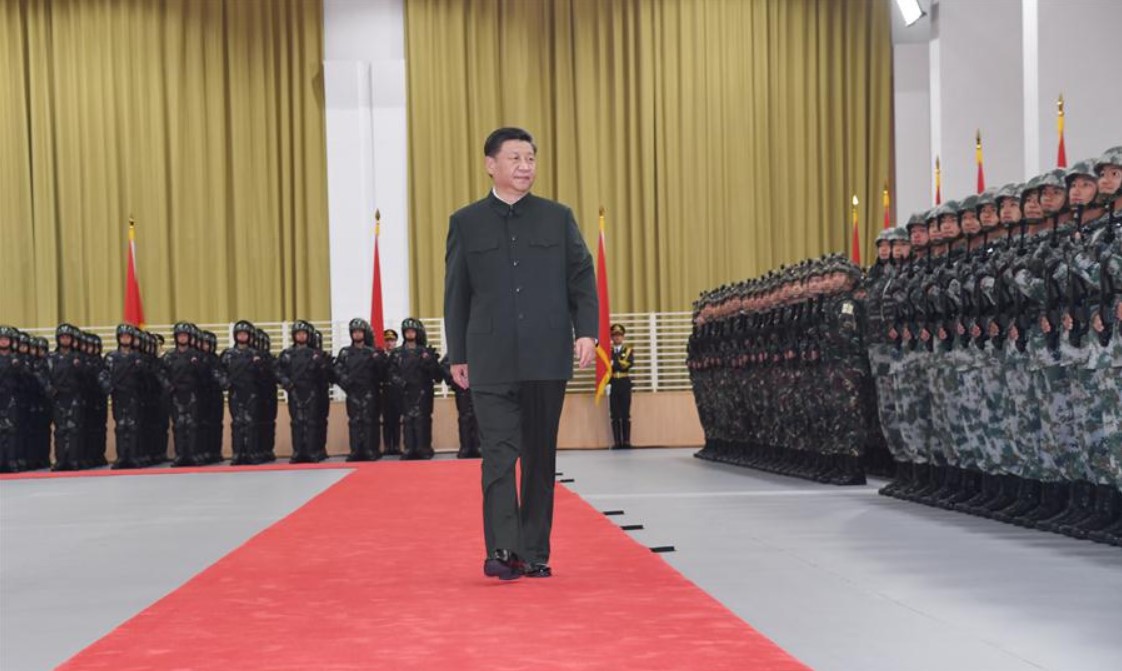
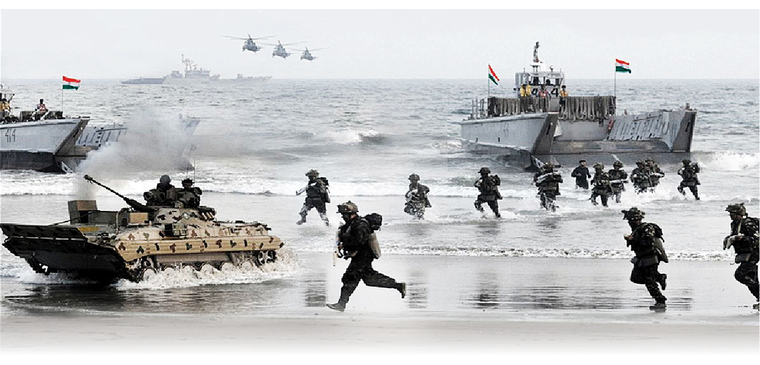

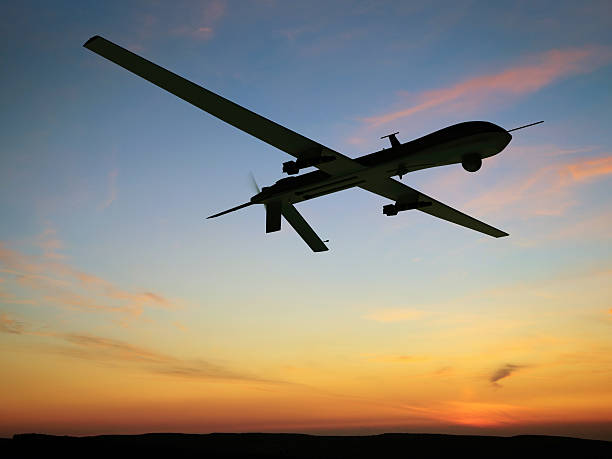






POST COMMENTS (30)
Arvind pande
YOGESH PAI
P Vinayagam
Air Cmde James Sebastian, VM (Retd)
Gulpreet Singh
Deovrat Pagay
Raj shekhar Mehta
Captain PK Misra
Kalidan Singh
Sandeep Misra
Wendell Bruges
Ravi mathews
Rajeev Dalal
Sameer tiwari
Ajay
Raman Gupta
Cdr Deepak Singh (Retd.)
Ajay Sharma
Rana
Praveen Bhaik
Narinder
Maj AK Singh
Debasish Acharya
Deepak
KD Singh
Aninda Mukherjee
Sukhjit
Colonel Venkat Harish Gatti
Prasad
Wing Commander Pankaj Gupta